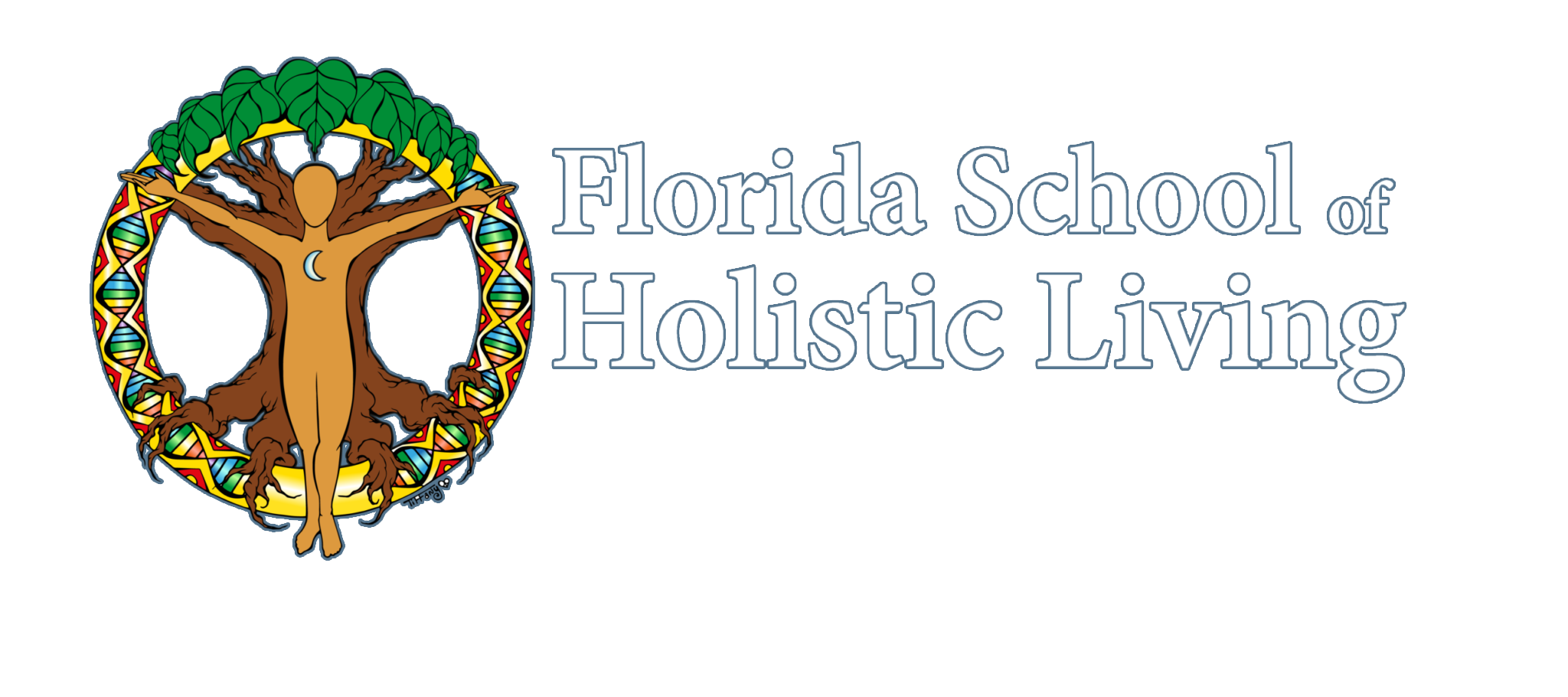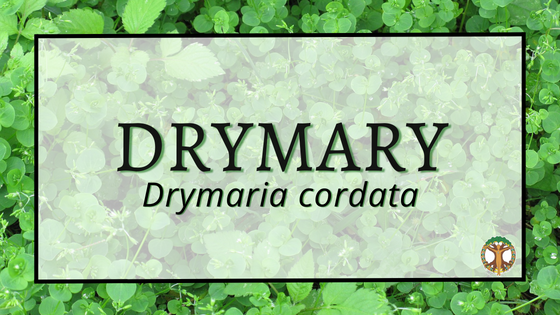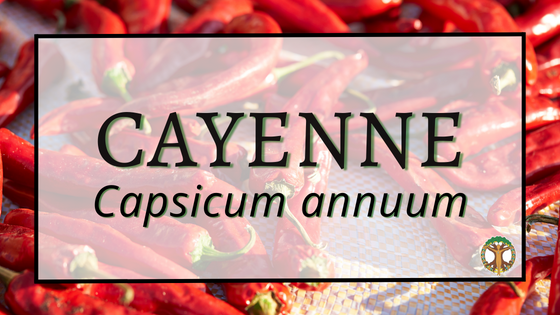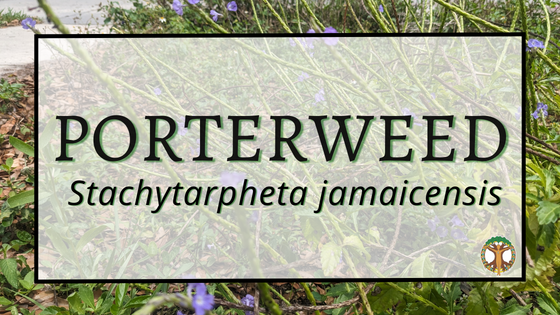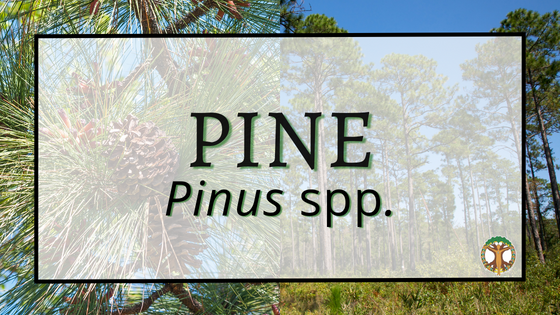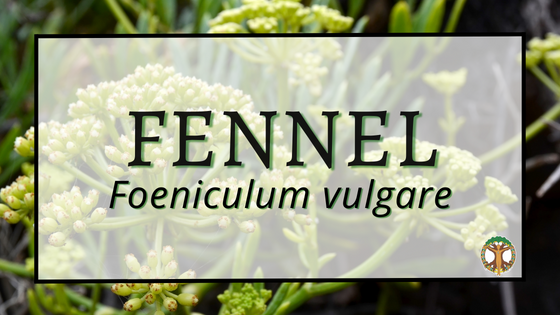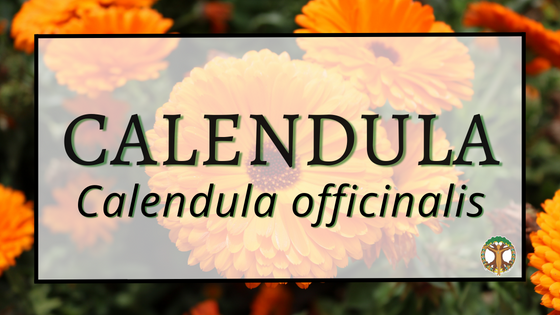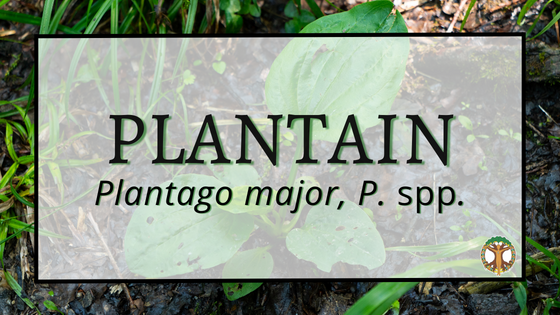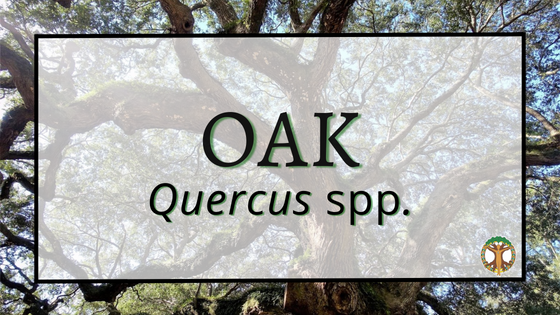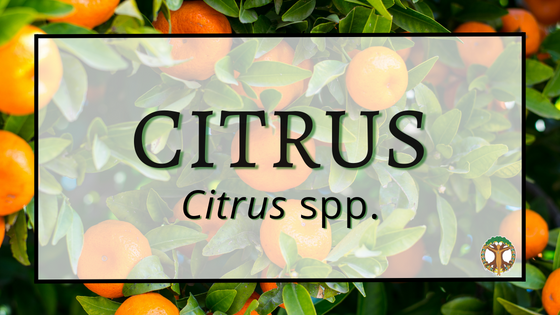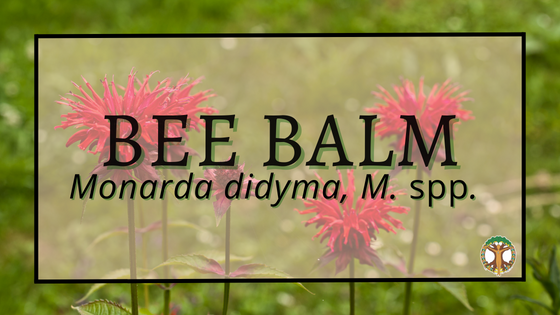-
Drymary
Known as a tonic herb, leaves usually used raw or dried have a tender, mild flavor.
-
Cayenne
Capsicum peppers are from the western hemisphere where they have been used for thousands of years. The word Capsicum derives from the Greek word kapto meaning “to bite.”
-
Porterweed
The small blue to purple flowers are edible, make a beautiful addition to your salads and they taste like mushrooms! The name “porterweed” comes from the dark, foamy infusion of the leaves that can then be made into a beer (porter).
-
Pine
The pine tree has long been utilized for its lumber, resins and medicines. The leaves of the pine tree, or needles, can be utilized for their medicinal properties, as well as the resin of the tree. The energetics of pine are warming and drying.
-
Fennel
A delicious addition to an otherwise unflavorful herbal formula, fennel shines as a tea and culinary spice. This sweet anise like seed can also be prepared as a tincture in your preferred menstruum, just be sure to lightly crush the seeds first.
-
Calendula
This sticky, golden, aster is well known as an all-star skin remedy. The resinous flowers are cooling and soothing topically, as well as internally.
-
Plantain
Commonly called the “green bandage”, a poultice of fresh, mashed Plantago leaves can be used topically to address insect bites, stings, rashes, eczema, poison ivy/oak, and infections.
-
Oak
We see many different species of oak in Central Florida, but perhaps the most striking is the Southern Live Oak, or Quercus virginiana. This species of oak has both a deep taproot and a wide-spreading root system to support its heavy, sprawling branches that often dramatically curve towards the ground and up again.
-
Citrus
Many of the common citrus fruits we know and love are not only delicious but also beneficial for both their nutritional and medicinal properties.
-
Bee Balm
The Monarda genus is endemic to North America and contains about twenty species, many of which have a history of medicinal usage.

